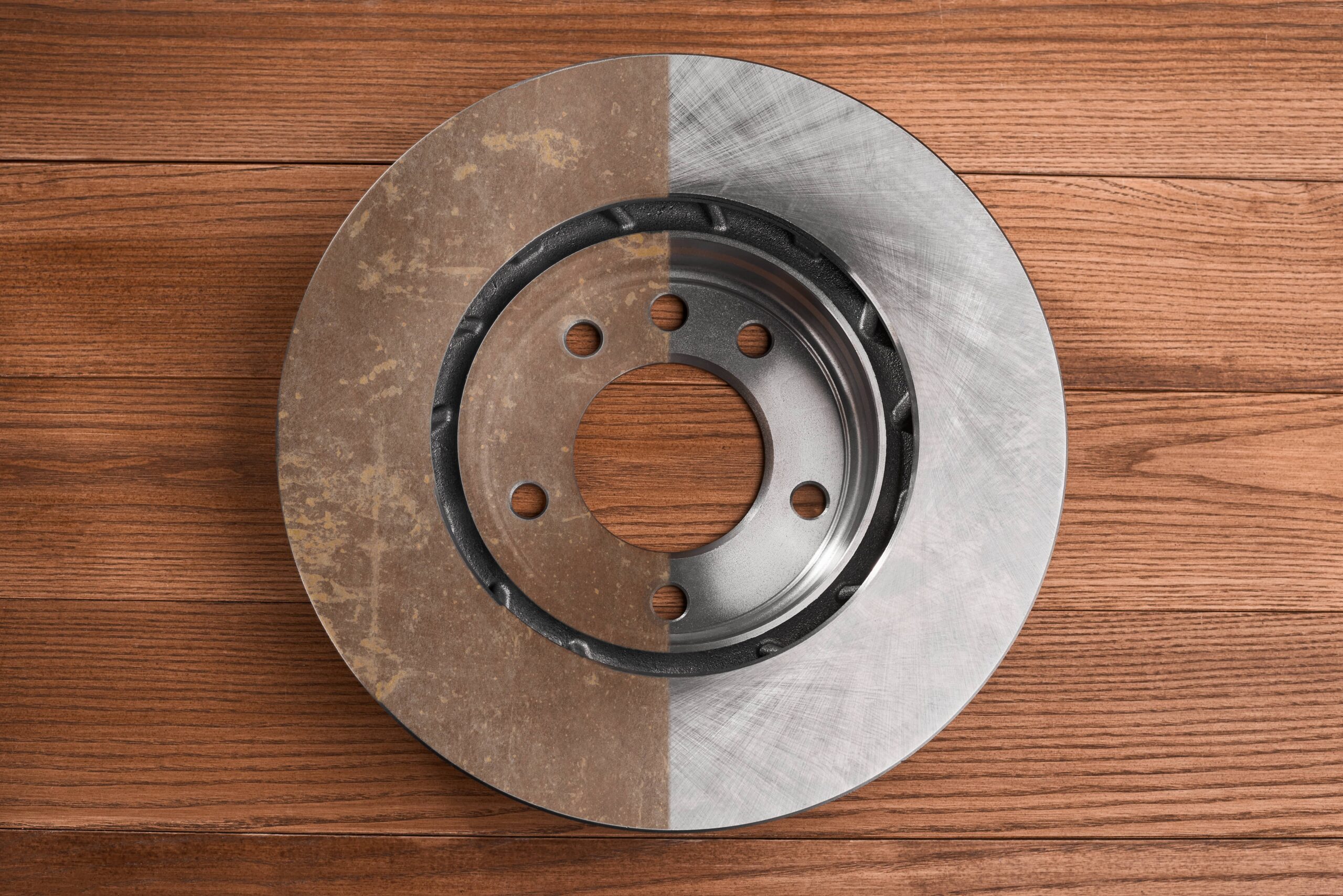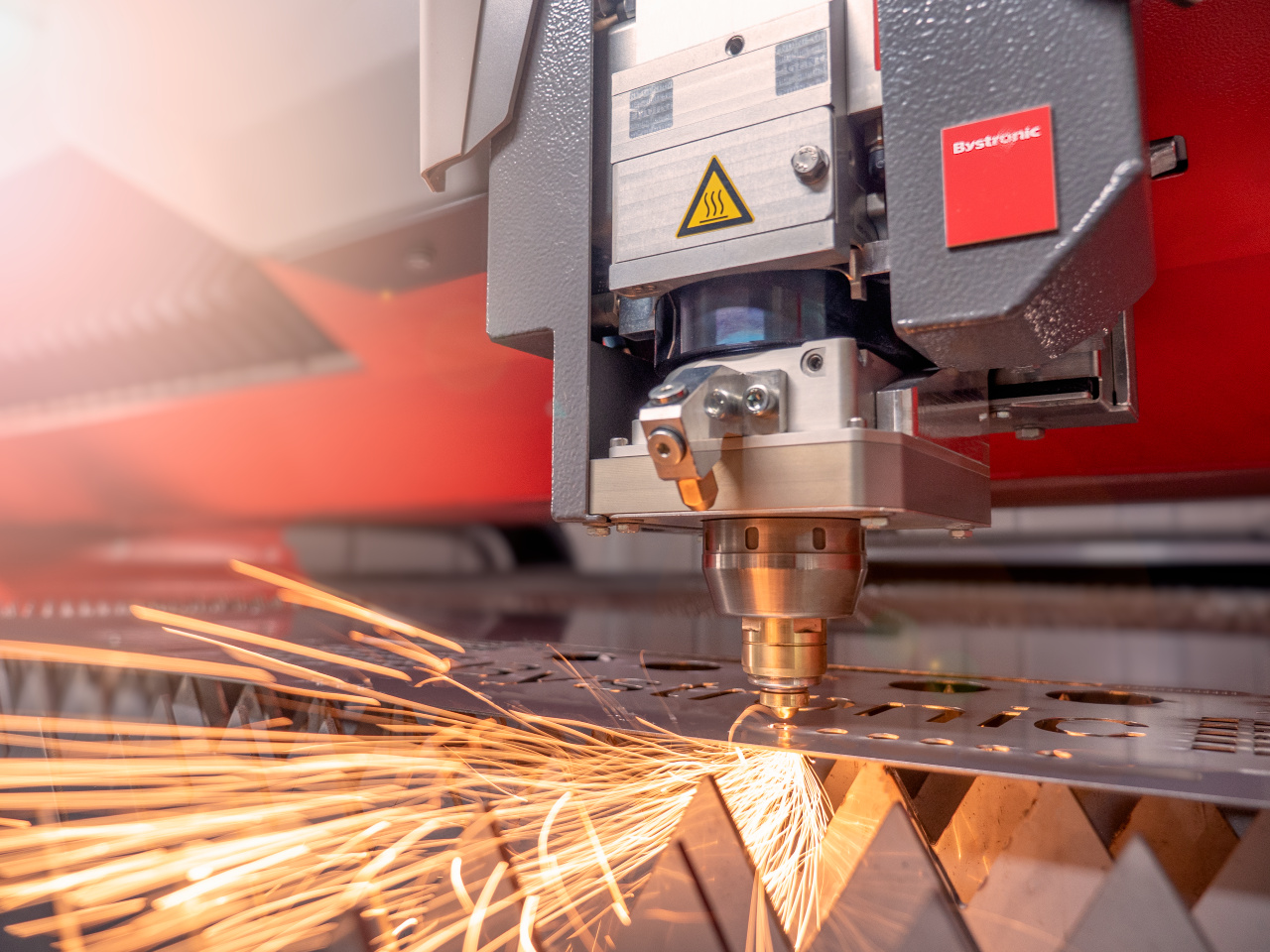What is Laser Cutting and How Does it Work?
You may have come across the term ‘laser cutting’ and thought to yourself: “what is laser cutting, and how does laser cutting work?” – perhaps that’s why you are here. Well, if you’re wondering what this fabrication process is, you’re in good hands. This is our definitive guide to laser cutting and all you need to know about it.
What is Laser Cutting?
Laser cutting is a non-contact fabrication process that uses a tiny, focused laser beam to burn through and cut materials like sheet metal, creating designs that are high-quality and dimensionally accurate. We are experts in laser cutting sheet metal at Salamander Fabrications.
As its name suggests, this manufacturing process uses a laser to cut designs in materials – this is a powerful laser beam that uses heat to burn, melt or evaporate materials to ‘cut’ them into shape. If you’re wondering “how does laser cutting work?”, we’ll explore the process below.
Using thermal heat to cut the material, the laser cutting process involves directing the laser beam through a nozzle to the material. When directed at the material surface, the laser head heats it until the target area of the material melts or evaporates. It’s this fusion of heat and pressure that allows the cutting action to occur.
Laser cutting is powerful enough to cut through various metals and non-metallic materials with varied thicknesses. Whereas other techniques require large machinery or equipment with immense power to be applied to the metal or material, laser cutting does the job without any contact. As a result, laser cutting is an efficient and durable sheet metal fabrication process. We hope this answered the question: what is laser cutting?
What Kind of Laser is Used
With our explanation of the laser cutter ticked off, let’s explain what type of laser is used. Four main types of lasers are used in laser cutting: CO2 lasers, neodymium lasers (Nd), neodymium yttrium-aluminium-garnet lasers(Nd: YAG) and fibre lasers.
Most laser-cutting companies and professionals use CO2 lasers when laser-cutting materials like metal; however, at Salamander Fabrications, we use fibre lasers for our laser cutting. We use a fibre laser because it is more efficient than other laser beams since it requires far fewer external gases and has less wastage. As well as this, fibre lasers allow for better and smoother cutting, quicker turnaround times and greater flexibility.
Fibre lasers are better than CO2 lasers for several reasons – but CO2 lasers are still widely used for the process of laser cutting. In the very first cases of laser cutting being used to cut sheet metals, CO2 lasers were used. In a gas combination that mostly contains carbon dioxide (CO2), helium, and nitrogen, the CO2 laser is generated. An electric discharge is used to electrically pump this kind of production laser.
Complex shapes and 3D shape designs are possible with laser cutting, but it must be done part by part. We can design custom shapes using our fibre laser beam and years of experience.
Laser Cutting vs. CNC Cutting
Laser cutting is one of the most effective metal-cutting methods out there, but it’s by no means the only one. CNC cutting and laser cutting are popular sheet metal fabrication procedures that are both high quality – however, they do have their fair share of differences and benefits.
CNC stands for Computerised Numerical Control. CNC cutting is a fabrication process whereby tools and machinery are operated by pre-programmed computer software. The process involves using a motion control system or computer to send a signal and CNC of the design to the cutting machine – where the technical design is then cut into a material. This process requires far more specialist tools and equipment than a laser cutter does.
Ultimately, the primary difference between laser cutting and CNC cutting is how each method goes about cutting a material – they each cut metal in their own way. Unlike traditional CNC cutting which relies on specialised tools to carve out the pattern, laser cutting uses a powerful laser beam to burn through and vaporise the metal material.
Laser cutting has higher speed and high-precision cuts
Compared to CNC cutting, laser cutting works twice as fast. A laser cut machine makes it simpler to construct thick pieces and cut material in one go. Manufacturing durable and accurate components does not necessitate a workpiece or physical force.
Another major benefit of laser cutting when compared to traditional metal cutting methods is that it allows for higher precision cuts and enables users to design curves and corners dimensionally accurately. While traditional CNC cutting uses tools with limited widths (an average radius of just less than 1mm, laser beams can have a radius as tiny as 0.1mm. As a result, laser cutting allows for more detailed cuts and intricate designs. It has no design limitations.
Some additional benefits of laser cutting include:
- High accuracy
- Quick set up
- Low heat input
- A fantastic material compatibility
- Non-contact – so no wear
- Can be cheaper thanks to no tool wear and less wastage
What Can Laser Cutters Actually Cut?
We’ve answered “how does laser cutting work”, but many people also wonder what laser cutters can actually cut. Well, laser cutters have wide material compatibility and are suitable for various types of materials. There is no other technology or tool that can fabricate and cut as many types of materials as a laser cutter can.
Our laser cutters are most often used to cut aluminium and mild or stainless steel at Salamander Fabrications since we specialise in producing products from sheet metal. Nevertheless, depending on the method you use or the industry you work in, laser cutting can be employed in a variety of fields for an extensive range of materials. Get in touch with us today to find out more about how our laser-cutting services can help.
Laser cutters can also be used to cut through most organic and thicker materials which include:
- Metals
- Wood, paper cardboard and cork
- Some plastics
- Acrylic
- Teflon
- Rubber
- Cloth
- Leather
Laser cutters can cut all types of metals, which is why they are a top solution for sheet metal fabricators like us at Salamander Fabrications. They can cut anything from mild steel and carbon steel to stainless steel and nonferrous metals. At Salamander Fabrications, we use copper and brass regularly in our work, in addition to steel and aluminium.
If you want a 3D model or some intricate models created, laser cutters can make the most complicated shapes on various materials without large-scale manufacturing machines.
Importance of safety when working with laser cutters
Although reflective metals like silver can be cut by a laser machine, they can be trickier to work with than other metals as they run the danger of reflecting laser beams, albeit this is a minor risk.
Other materials, including glass and ceramics, can be etched with a laser in conjunction with being cut. However, you must take extreme caution when utilising plastics as some plastics can melt, burn, catch fire or even release dangerous gases – as well as cause harm to equipment.
FAQs about Laser Cutting
Now you have a much better idea of what laser cutting involves and what it can do, let’s answer some of the most frequently asked questions regarding laser cutting.
Which laser is used in laser cutting?
There are a few different types of lasers used in laser cutting, such as CO2, Nd and Nd: Yag lasers. However, we use fibre lasers for all of our laser cutting projects here at Salamander Fabrications because fibre lasers provide smoother cutting, quicker speeds, greater flexibility, and less waste from our projects thanks to their increased efficiency.
What are CO2 lasers used for?
CO2 lasers are most commonly used for skin and dermatology. A CO2 laser cutter is most frequently used to cut materials like wood, cardboard, paper, cork and some plastics. A CO2 laser cutting machine relies on a focusing lens to direct the CO2 laser beam on the localised area of a material.
Does laser cutting require oxygen?
An assist gas, which may be active or inert, is required for laser cutting. The typical active assist gas for laser cutting carbon steels and metal is oxygen. Oxygen is often known as the cutting gas by many.
Is laser cutting harmful?
When exposed to a laser beam, you could suffer from skin burns or extreme eye damage. If used improperly laser cutting can inflict severe injuries or cause fires. However, laser cutters pose very little risk and are extremely safe when used appropriately and properly. To avoid any harm, ensure you use laser cutters as directed.
How deep can a laser cutter cut?
The laser beam will completely penetrate and cut right through the material if more heat is applied to the targeted area than can be dissipated by heat conduction. Although some laser cutters can cut material up to 20 mm thick, the majority of machines operate on materials that are closer to 0.5–12 mm in thickness, based on the type of cut being performed.
Working with Salamander Fabrications for Custom Laser Cutting Services
Are you interested in our work or require this procedure for an upcoming project? To learn more about laser cutting and the work we carry out – or to begin your next project with Salamander Fabrications, don’t think twice to get in touch with our remarkable sales team who can give you the support you need. Just give us a call at 01484 843599 or email us at sales@salamanderfabs.com today! We’d be more than happy to help.
Additional reading:


